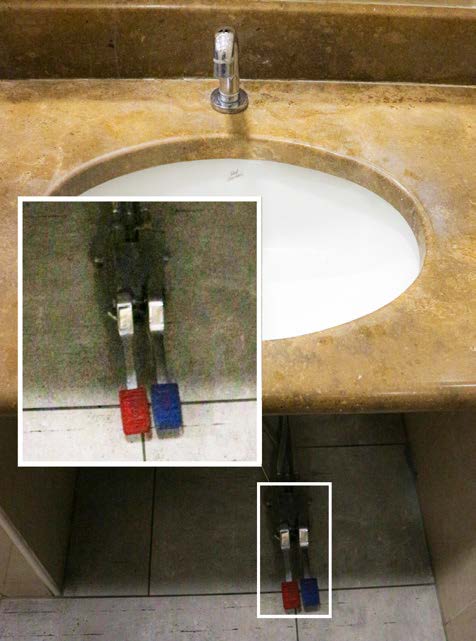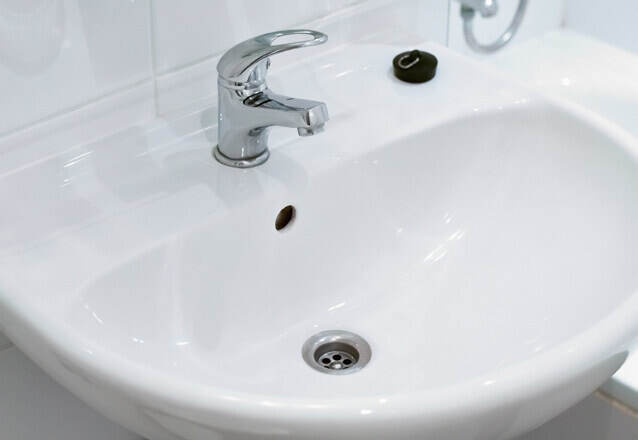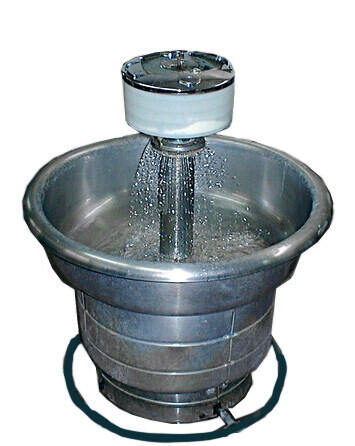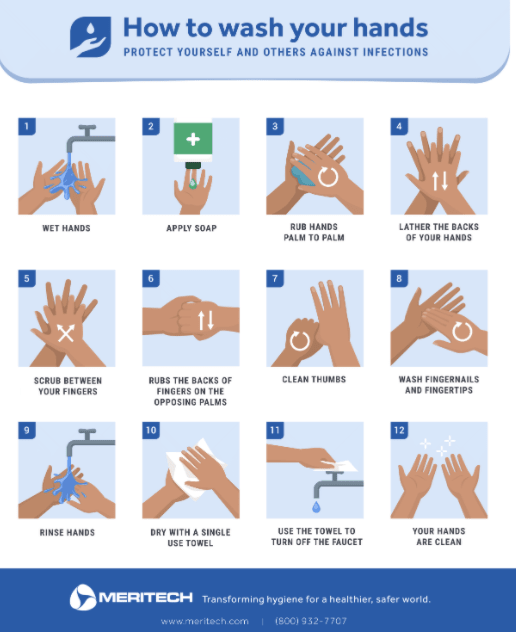Handwashing 101: The Essentials for Effective Hand Hygiene
The Pros and Cons of Manual Handwashing
The widely recognized and frequently employed technique for handwashing entails the manual cleansing of hands in a conventional sink, where individuals manually control the faucet and dispense soap.
Learn why commercial hand soap is always inconsistent
| Benefits | Potential Concerns |
| - Low cost - Familiar system to all |
- Highly dependent on user - Unreliable and inconsistent level of pathogen removal - Difficult compliance tracking - Uses an average of three gallons of water per wash |
Regardless of their style, all manual handwashing sinks provide a practical and affordable option that is widely recognized and familiar to everyone. The mechanics of these various types of handwashing sinks may differ in appearance, but they all essentially serve the same purpose.
 |
 |
 |
| Knee or Foot-Pedal | Manual Faucet | Multi-User Fountain or Trough |
Why Manual Handwashing is Requires More Than Just Sinks
Unfortunately, despite the familiarity of these systems, it cannot be assumed that most individuals possess the knowledge to properly wash their hands in them or consistently adhere to proper handwashing practices. This presents the main drawback of manual sinks: human behavior. Regardless of how stringent your handwashing procedures and SOPs may be, humans are susceptible to variability and mistakes, resulting in subpar hand hygiene and an increased risk of spreading pathogens.
Download our Hand Hygiene Comparison Guide
The effectiveness of any type of manual sink relies heavily on the diligence and attention to detail of each individual during the handwashing process. The duration and specific steps followed during handwashing play a vital role in ensuring the thorough removal of pathogens.
Here are the essential guidelines to follow when washing your hands manually:

- Wet your hands with clean, running water (warm or cold)
- Apply soap
- Lather your hands
- Scrub your hands for at least 20 seconds. (Need a timer? Hum or sing “Happy Birthday” from beginning to end twice.)
- Rinse your hands well under clean, running water.
- Dry your hands using a clean towel or air dry them.
Traditional sinks pose a challenge when it comes to training team members on proper handwashing procedures, especially with the increasing language diversity of the workforce. This challenge is further compounded by the need for continuous re-training to ensure consumer safety. Moreover, relying on individuals to consistently avoid cross-contamination touch points, such as turning off dirty faucets with clean hands, requires constant diligence.
How Automated Hygiene Outperforms Manual Handwashing
Automated hygiene offers several advantages over manual hygiene for hand washing. While manual sinks may be a low-cost and familiar option, they are highly dependent on the user and often result in unreliable and inconsistent pathogen removal. Compliance tracking is also difficult with manual sinks, making it challenging to ensure that proper handwashing practices are consistently followed. On the other hand, CleanTech® Automated Handwashing Stations provide a more reliable and efficient solution.
%20(1).gif?width=1440&height=810&name=_How%20to%20Use%20EVO%20GIF%20(2)%20(1).gif)
These systems eliminate the variability and mistakes associated with human behavior, ensuring thorough pathogen removal. With automated systems, handwashing procedures are consistent and standardized, reducing the risk of spreading pathogens. Training team members on proper handwashing procedures is also made easier with automation, especially in diverse workforces. By implementing automated hygiene, businesses can ensure consumer safety and reduce the need for constant re-training. So, why settle for manual hygiene when automated hygiene offers a more effective and consistent solution?
For further reading please explore our "Why Automation?" page. This showcases exactly how automated hygiene is better than manual hygiene.







